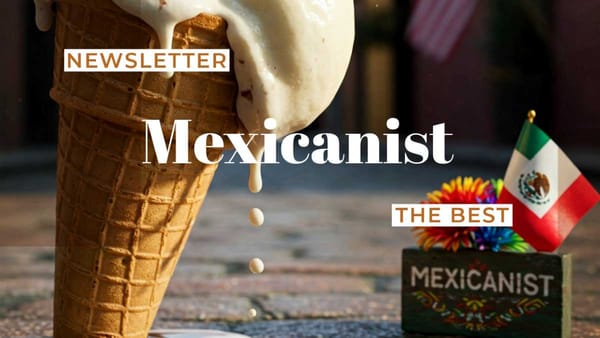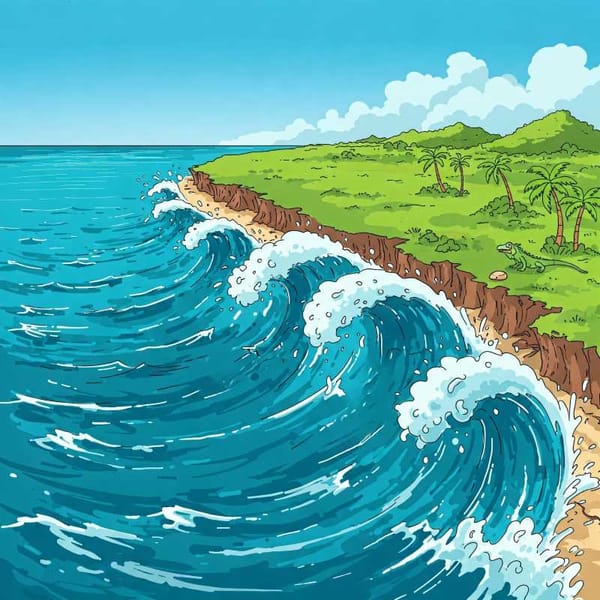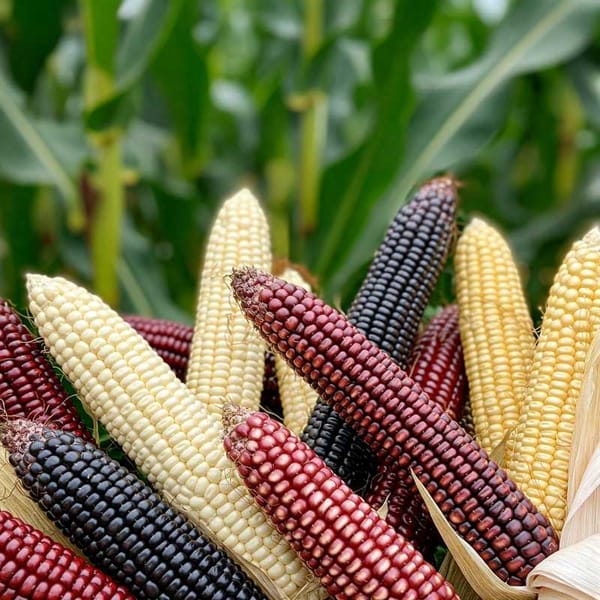The Process of Subduction Shaping Landforms, Eruptions, and Earthquakes
Discover the impact of subduction on the formation of landforms, including volcanic eruptions, earthquakes, valleys, oceans, and high mountain ranges. Learn how subduction has shaped Mexico over the past 200 million years and created its minerals and energy resources.





